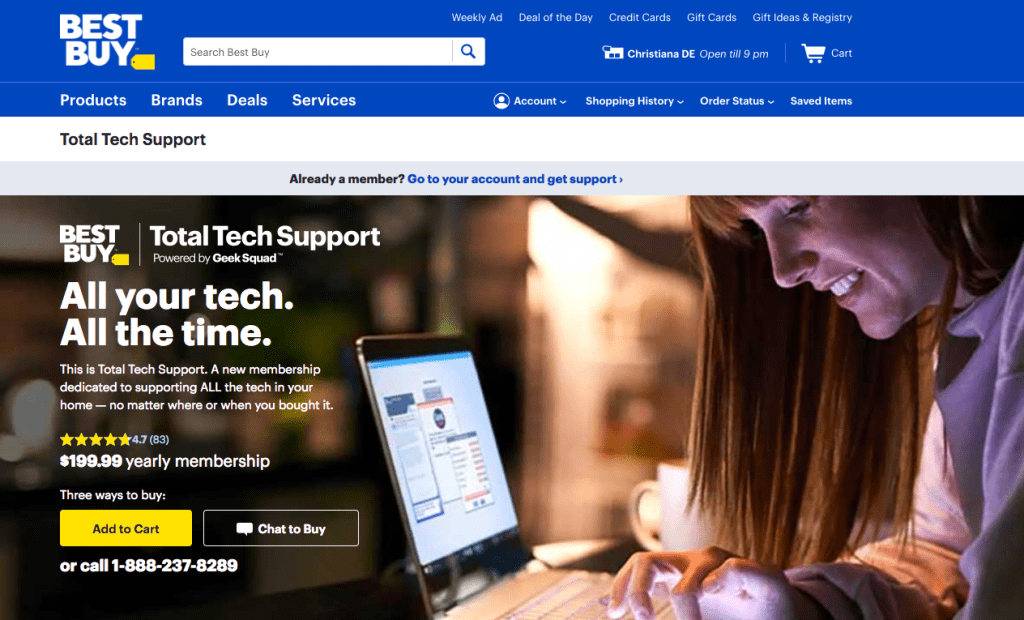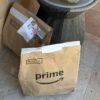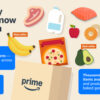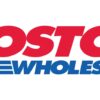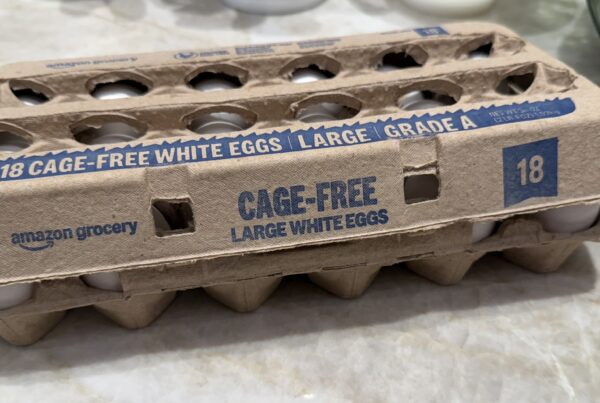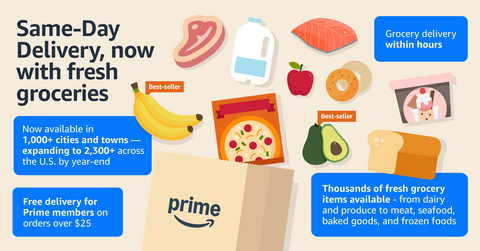As traditionally conceived, the whole point of Rent the Runway or Blue Apron was to keep people out of brick-and-mortar environments. But what if subscription services could bolster brands in ways that drive traffic, too?
First, you would have to prove that some of these startups offer both staying power and reach. RTR may be headed in such a direction: The New York-based company boasts 9 million members, posts annual revenues north of $100 million and is backed by about $770 million in investment.
As brands try to reach a younger audience, could subscription services be a way in?
Some retailers are already offering new subscription services in a bid to strengthen ties with their consumers. Best Buy, for example, is testing its Geek Squad Total Tech Support service in which users pay $199/year for free phone or online help with a range of tech products. In addition, they provided discounted in-person support. They aim to be a one-stop-shop for all technology and appliance needs, whether you purchased them at Best Buy or not.
In my experience, Best Buy still has some kinks to work out.
Our unexpected kitchen replacement started with a failed cooktop. After deciding to replace all our appliances at Best Buy we planned other kitchen renovations on the promised delivery date four weeks later. On install day, the truck showed up without the cooktop (it had been delayed another six weeks without us being notified) and the microwave and wall oven weren’t the correct specifications (despite using Best Buy’s measuring service). That’s ok, mistakes happen, so we gave it another shot. We bought a new laptop for our son to start school, we just needed to come back to pick it up a week later. When we arrived it turned out they didn’t ship it and there aren’t any more of that model. 90-minutes later we ended up with a newer model for the same price, but the process was far from simple. [p.s. I still have no cooktop]
On the meal kit front, Albertsons bought up Plated, Kroger acquired Home Chef and Costco is partnering with Blue Apron.
As these initiatives evolve, it will be interesting to see whether retailers and brands start shelling out lots of money to get in front of users. For the likes of Diane Von Furstenberg, a deal with RTR could be a great way to reach younger shoppers who can’t afford her signature wrap dress. Couldn’t Saks Fifth Avenue, General Mills or Sony also reach new audiences in this way? (Neiman Marcus started working with RTR back in 2016—possibly a little early in the startup’s development—but is among the department stores now testing this theorem.)
According to Kroger, profitable Home Chef last year grew 150 percent and earned $250 million in revenue. Now the leading U.S. grocer, which reportedly paid $200 million for its new Home Chef subsidiary, plans to make these meal kits available to all 60 million of its shoppers, no subscription necessary. Clearly, this is a massive potential audience. If collectively, food brands were to start paying millions of dollars to get with the program, user costs could drop. And that could lead to a growth-reinforcing flywheel effect in which meal kits get easier to offer. For the likes of RTR, scaling up in this way would buoy inventories and help guarantee that users could always find the right sizes, colors, and styles in stock.
If subscription services were to transition into true marketplaces in this way, it could end up dropping another number besides cost—the average shopper age.
The key will be to maintain balance. Think about product placements in movies. If the star knocks back a Coke during her closeup, nobody really cares, but a soft drink-themed plot would be a bit too much.
